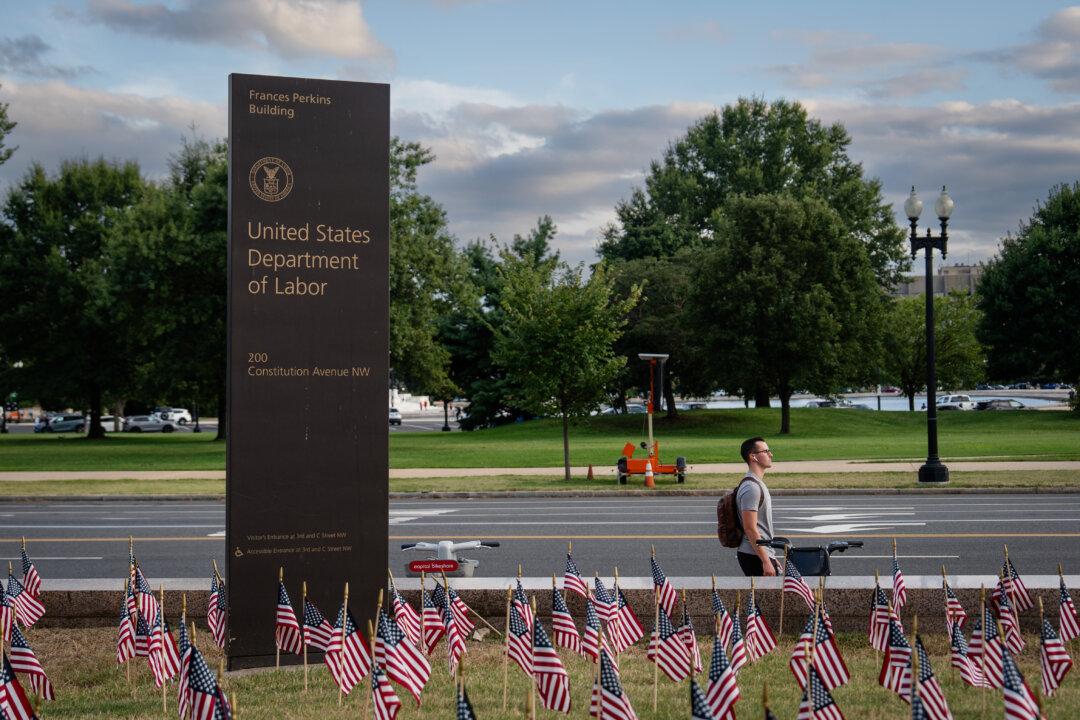The date April 25 might not be one that the Federal Reserve, Wall Street, and the White House will look back on with great nostalgia. New government data showed a slowing economy and accelerating inflation that dampened rate cut expectations and triggered a selloff in the stock market.
In the first quarter, gross domestic product (GDP) rose at a much worse-than-expected 1.6 percent, down from 3.4 percent in the October–December period.





